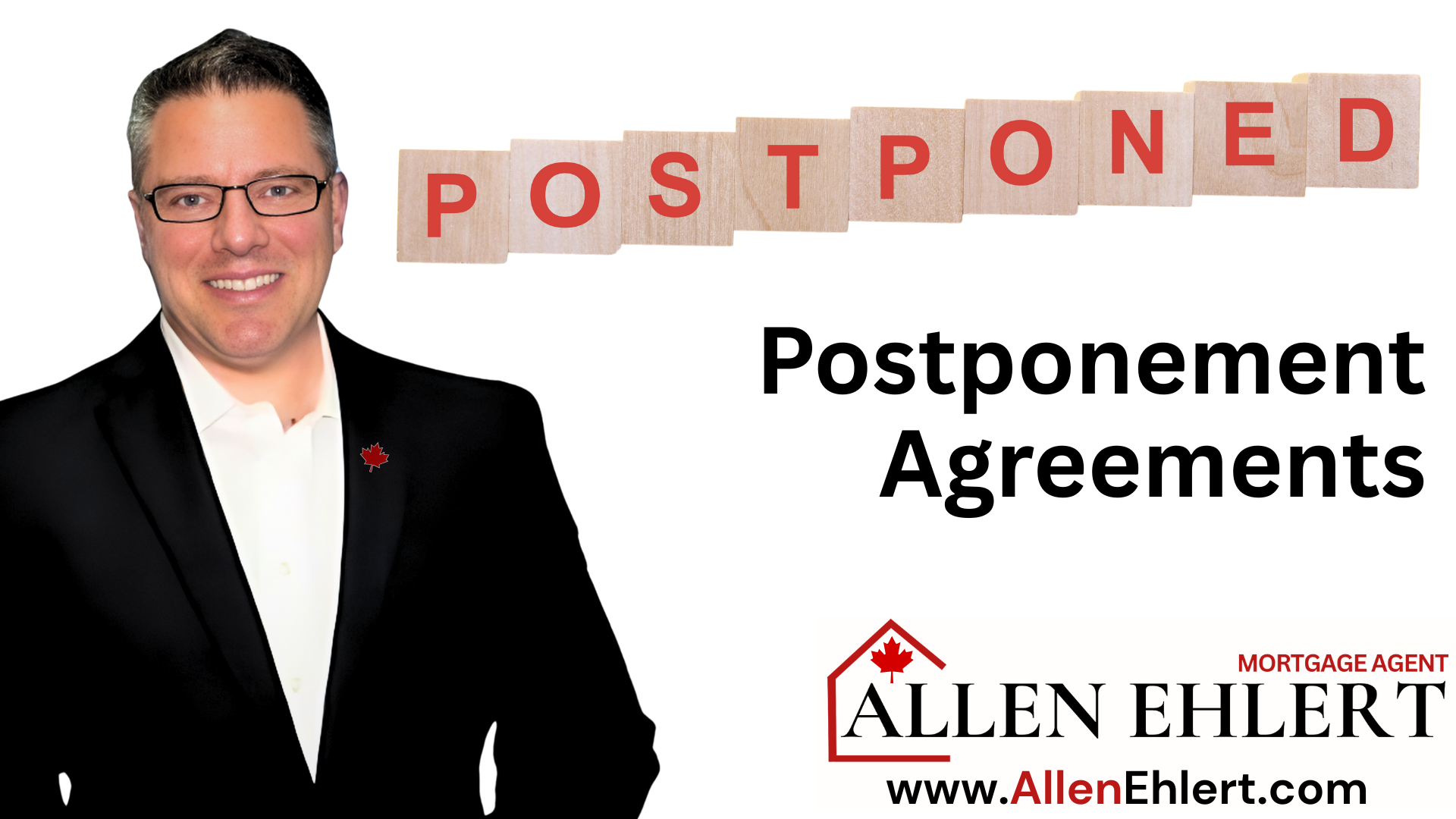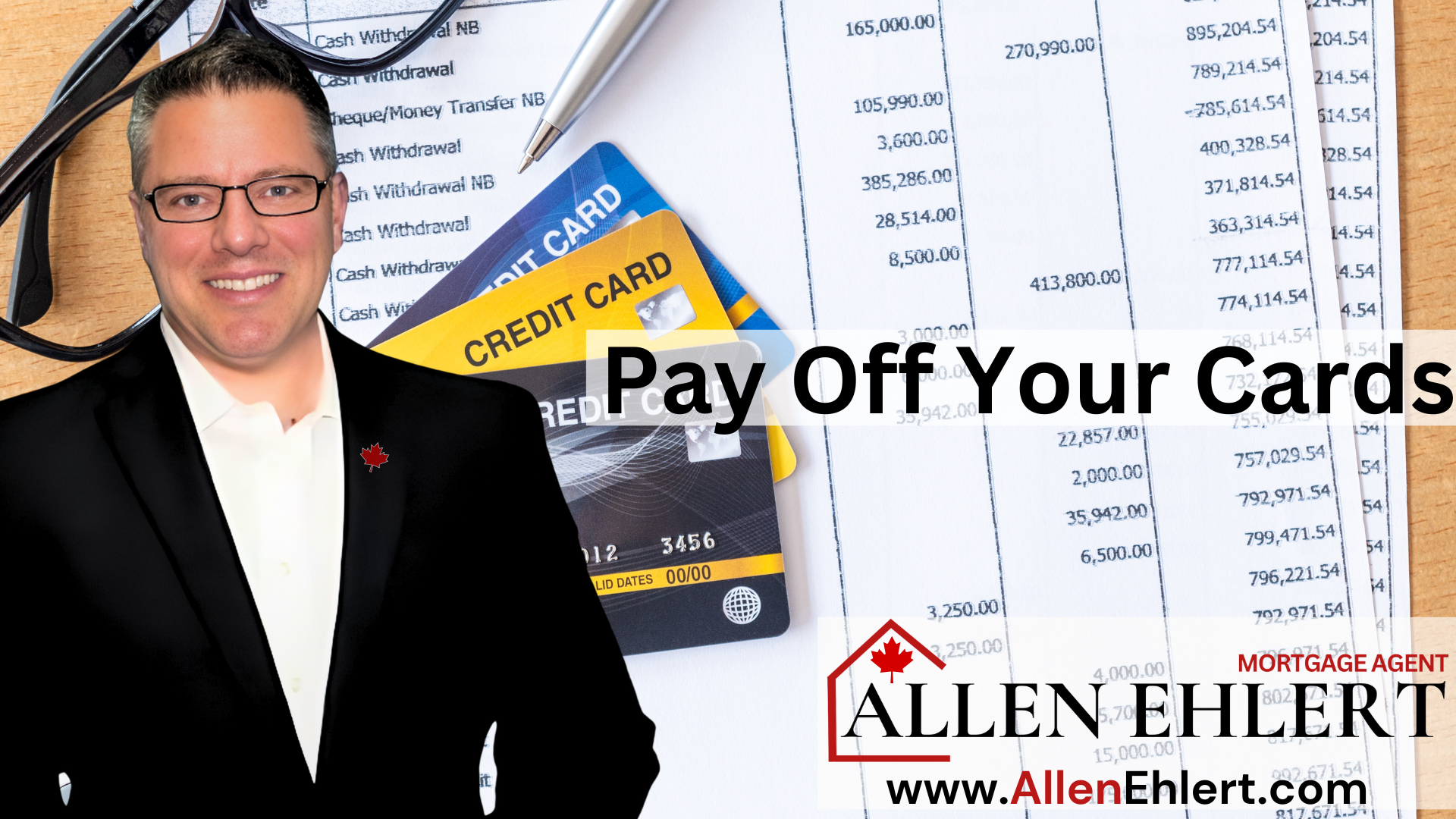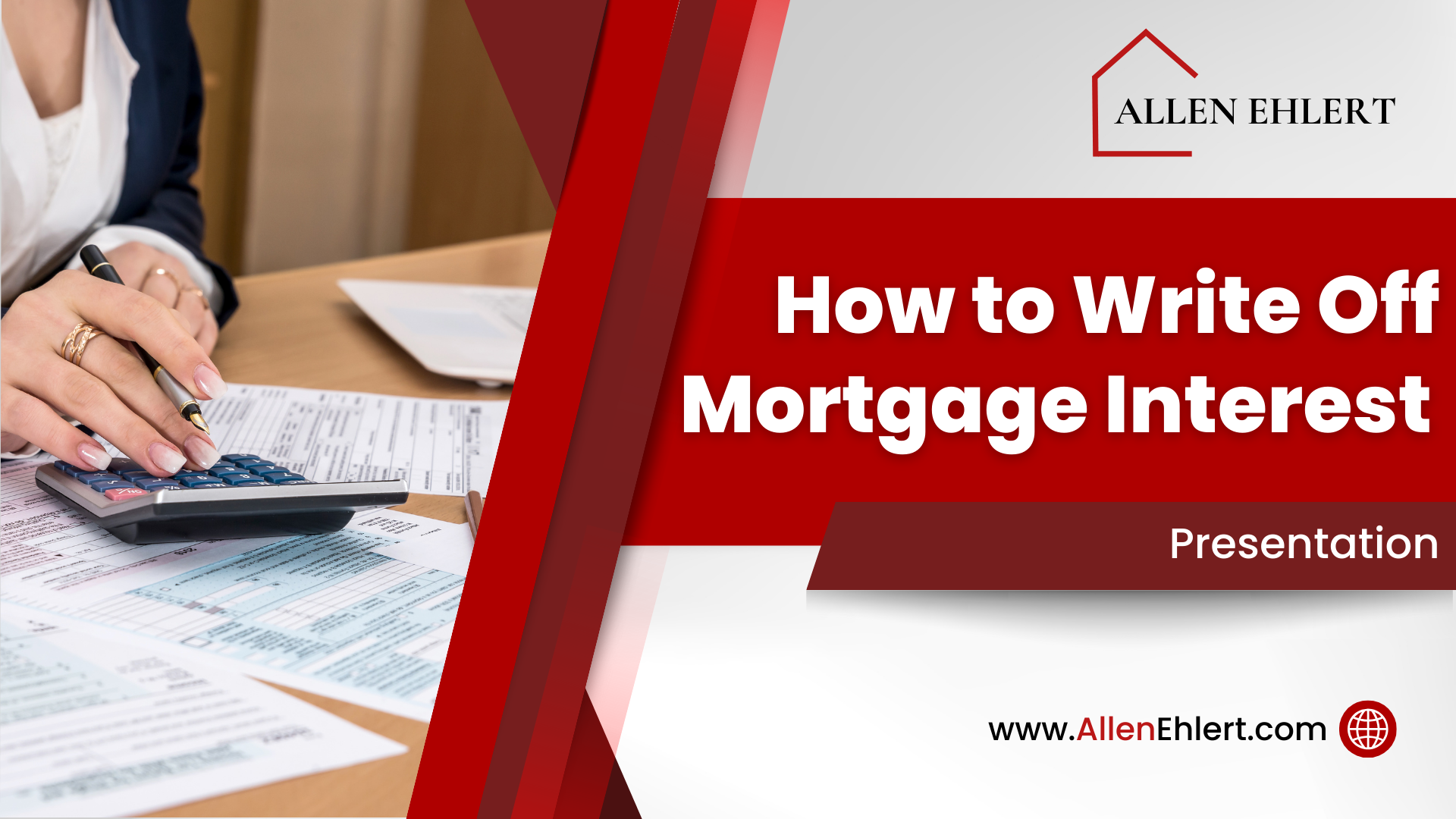Locking in a good mortgage rate is a key step in the home-buying process, especially in a fluctuating interest rate environment. Here are steps and strategies to help you secure a favourable rate:
Understand Rate Locks
- What It Is: A rate lock is a guarantee from a lender to hold a certain interest rate for a specified period, typically 30 to 60 days, protecting you from rate increases while your loan application is processed.
- When to Lock: The best time to lock in a rate often depends on market conditions and your readiness to proceed with the mortgage.

Monitor Interest Rates
- Stay Informed: Keep an eye on interest rate trends. Understanding whether rates are trending upward or downward can help you decide when to lock in.
- Economic Indicators: Pay attention to economic reports and forecasts, as they can influence mortgage rates.
Improve Your Credit Score
- Credit Health: Higher credit scores typically qualify for better rates. Before applying, check your credit report and address any errors or issues.
- Debt-to-Income Ratio: Lowering your debt-to-income ratio can also improve your chances of getting a favourable rate.

Shop Around
- Compare Lenders: Don’t settle with the first offer. Explore rates from different lenders, including banks, credit unions, and online lenders.
- Negotiate: Use the quotes you receive as leverage to negotiate better rates with lenders.
Get Pre-Approved
- Pre-Approval Process: Getting pre-approved for a mortgage can give you a clearer idea of what rate you can expect and demonstrate to sellers that you are a serious buyer.
Choose the Right Time
- Timing: Consider locking in a rate when you have found a property and are ready to make an offer, or if you believe rates are about to increase.
- Rate Lock Period: Ensure the lock period covers the time until closing. If the process takes longer than expected, you might need to pay to extend the lock.
Understand the Terms
- Read the fine print: Understand the terms of the rate lock, including the duration, costs for extending the lock, and any conditions or clauses.
Consider a Float-Down Option
- Float-Down Provision: Some lenders offer a float-down option, allowing you to take advantage of a lower rate if rates drop after you’ve locked in.
Act Quickly
- Responsiveness: Once you decide to lock in a rate, act quickly. Delays can result in missing the locked rate if it expires.
Consult with Professionals
Contact me so I can provide advice on when to lock in a rate and help you navigate the process.
Locking in a good mortgage rate requires a combination of market awareness, financial readiness, and strategic timing. By staying informed, improving your financial standing, and understanding the nuances of rate locks, you can secure a favourable mortgage rate that aligns with your home-buying plans.












